FEATURE: How Daryl Katz's ICE District has transformed downtown Edmonton
An Eric Fisher feature on the impact of Daryl Katz and his ICE District on the capital city of Alberta, Canada
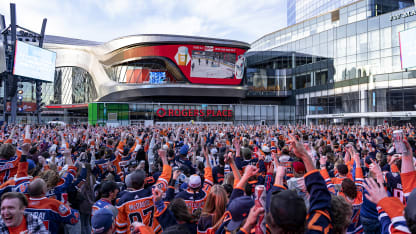
AROUND THE RINK | Watch Parties
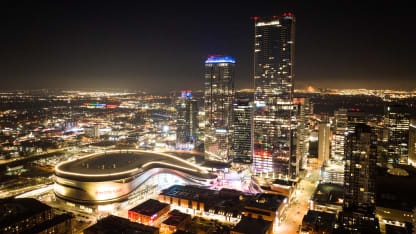
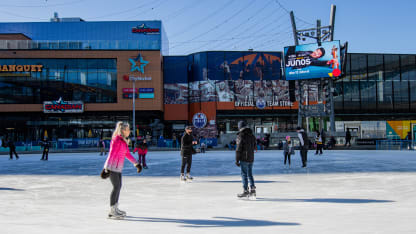
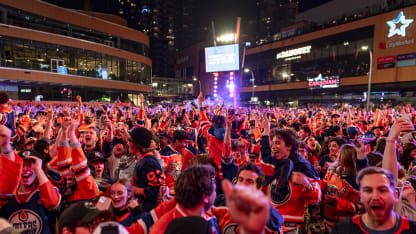
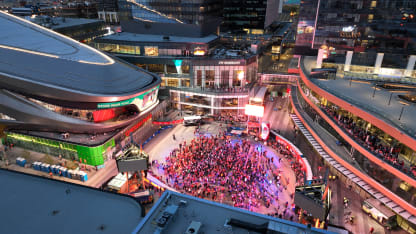
An Eric Fisher feature on the impact of Daryl Katz and his ICE District on the capital city of Alberta, Canada

AROUND THE RINK | Watch Parties



